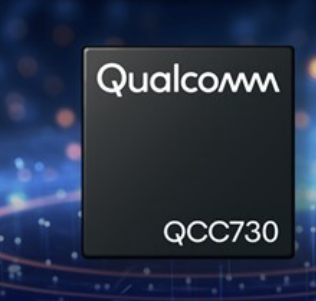
By Claus Hetting, Wi-Fi NOW CEO & Chairman
The much-anticipated World Radiocommunication Conference 2023 (WRC-23) ended shortly before Christmas and although spectrum regulation is amazingly complex, consensus is that the Wi-Fi industry came away with a significant victory regarding the upper 6 GHz band. It is now up to the Wi-Fi industry to demonstrate that full-band 6 GHz Wi-Fi is an irresistible force for socio-economic growth regardless of country or region.
All spectrum is hotly contested between various wireless industry factions – and the upper 6 GHz band is no exception. At the WRC-23 earlier this month the battle was between Wi-Fi (called RLANs in regulatory legalese) and mobile services (called IMT by regulators). The goal of the congress was of course to reach some kind of international consensus on how to allocate (or possibly change allocation) of the band.
Sources say the 6 GHz issue was hotly debated until the very end of the congress, even turning out to be perhaps the most difficult consensus nut to crack. In the end the Wi-Fi industry scored a couple of critical wins: Firstly, the updated treaty now specifically states that “the [6425-7125 MHz ] frequency bands are .. used for the implementation of wireless access systems (WAS), including radio local area networks (RLANs).”
A second major Wi-Fi win was that the congress decided not to mandate further studies for expansion of the IMT (mobile services) into the 6 GHz band at the next WRC. This is a significant win given that such studies feed regulatory (and market) uncertainty. This means that the upper 6 GHz discussion is (at least at the WRC level) closed although debates will no doubt continue at the regional and country levels.
On the IMT (mobile) side the congress concluded that 6425-7125 MHz “is identified for IMT” for the EMEA region as well as for Mexico and Brazil (but with the above mentioned caveat on use of RLANs). The APAC region ended up with only the 7025-7125 MHz band as their IMT allocation except for Cambodia, Laos, and Maldives where the congress identified the full 6425-7125 GHz band for IMT.
What does this mean for Wi-Fi? Here’s our take
Most importantly the full 6 GHz band has now been recognised by the ITU for RLAN (Wi-Fi) use. For EMEA and a few additional countries the mobile industry has not been locked out of the band but it will arguably be hard pressed to find a 5G/6G solution that works both technically and commercially – and regional regulatory approval will of course still be required.
Meanwhile the Wi-Fi industry is already on the right trajectory to make full use of the 6 GHz band. We believe it will soon become abundantly clear that full-band 6 GHz Wi-Fi is an irresistible force for freedom of wireless communications, which will contribute strongly to global socio-economic growth.
/Claus.









